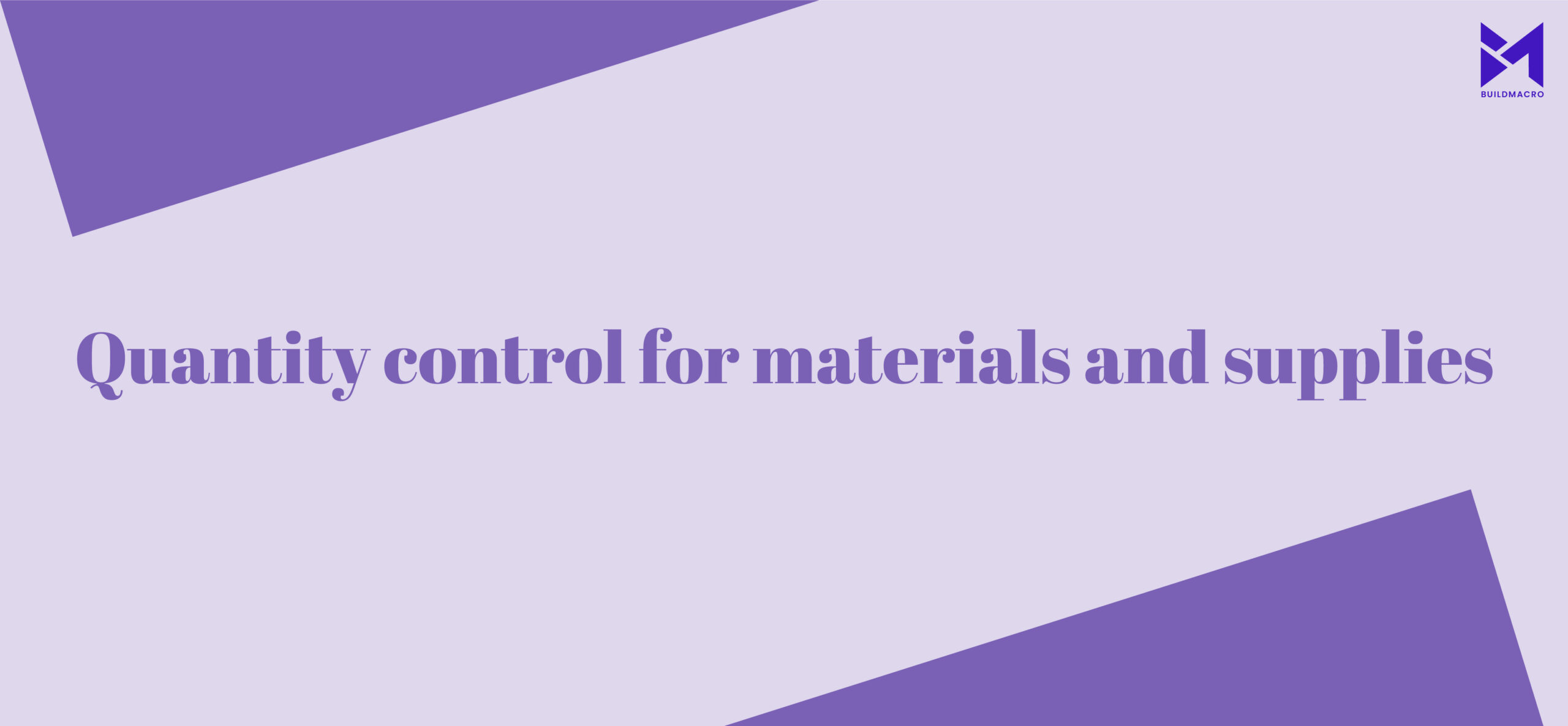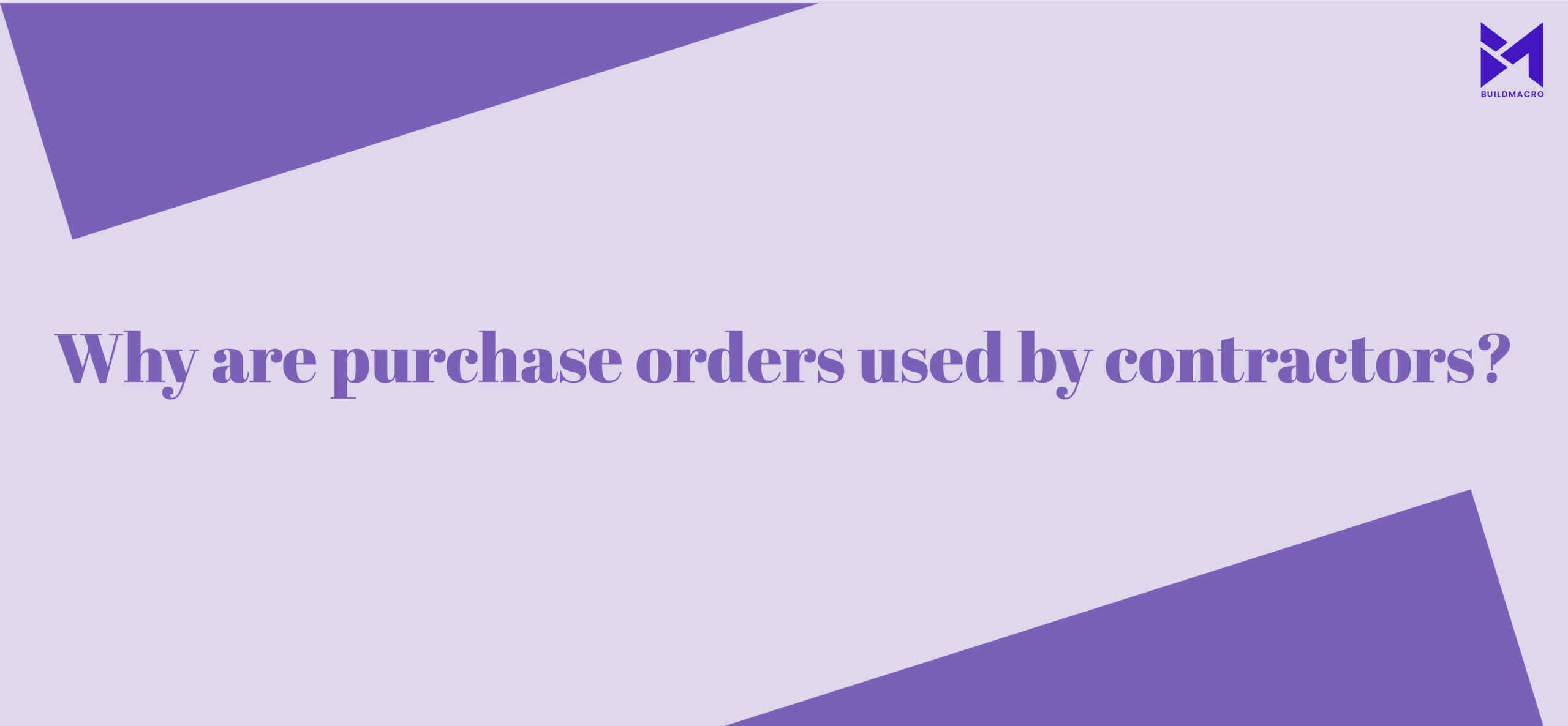The ability to manage funds is crucial when it comes to building. Construction businesses are anticipated to see the greatest loss in profit margin owing to inappropriate project control, although it is one of those industries that has had tremendous expansion over the past 20 years.
Contractors may risk income and cash flow as a result of this poor management, which may reduce their access to prospects. However, managing subcontracts and associated purchase orders has become simpler for contractors because of the development of construction management software. Additionally, these technology-specific solutions for the construction industry can facilitate project progress through better decision-making.
However, using purchase orders is a solid technique that knowledgeable contractors put to use to manage their money. Despite being a traditional idea, it may greatly aid in resource and material management.
The support of purchase orders
Purchase orders are made to detail and keep track of all material purchases while keeping an eye on the expenses incurred by the suppliers. Purchase orders can also assist with:
- Versatility with material orders to prevent delays brought by a lack of stock.
- Make sure the requested items arrive.
- Avoid paying invoices twice or in excess.
- Keep your subcontracts.
Although purchase orders have several special advantages for projects, most contractors steer clear of them since they are time-consuming. Because of this, construction management software that can provide such features is preferred by contractors and construction companies who see the value of using purchase orders. Consequently, the usage of sophisticated accounting technologies that can support purchase orders is growing in popularity due to their capacity to track and manage materials as well as control subcontract expenditures. Build Macro construction management software provides a purchase order feature…
Check out our latest blog: Benefits and drawbacks of Gantt Charts for project management
Why are purchase orders used by contractors?

Purchase orders enable project managers to keep track of all project expenditures. Purchase orders are sales conditions since they provide information on delivery, payment arrangements, etc. In addition, there are many more solid reasons why purchase orders have gradually started to be required:
- Purchase orders assist in keeping track of the subcontract’s billings, transactions, and other financial details.
- It enables the user to view current costs as well as upcoming costs that must be billed by the committed costs throughout the project lifecycle.
- You may monitor the quantity component of the purchase agreement with the help of purchase orders.
- Before project activities begin, you may secure material supply with purchase orders, ensuring continuous stock availability.
Using purchase orders to track committed costs
Purchase orders are used to keep track of the costs associated with the materials the contractor has acquired at the agreed-upon rates. Additionally, control over billings and retainage with subcontractors is made possible by this crucial component of subcontract management. With the help of the group chat feature offered by Build Macro construction management software , connecting with subcontractors becomes easy.
However, construction management software that does not support purchase orders increases the likelihood of loss. It raises the danger of viewing a job as a wise investment while gaining control over overpayments or a complete loss of cash flow. Contractors can control project-related purchases thanks to contemporary accounting tools and technology like Build Macro. They link the orders, billings, and invoices to guarantee that all payments and billings are cross-verified.
Read also: 7 ways construction management software aids emerging companies
Additionally, construction management software makes the process of initially producing purchase orders simple by allowing custom templates, default entry settings, and the ability to quickly search or filter data by task, payment status, or vendor.
Quantity control for materials and supplies

Due to the contractors’ and project owners’ incapacity to keep track of materials and supplies, costs may escalate and there may even be a cash shortfall. Purchase orders can give you information about your current inventory and potential future purchases, which could help you keep your material supply under control.
The biggest savings in time and presumptions about orders and supply are the benefits of adopting construction management software to handle purchase orders. The contractor may get a full inventory walk-through of the stock for the available units of every item stated in the list with the help of construction management software like Build Macro that enable purchase orders to link with the packing list. The technology also allows users to discover any products or prices that exceed the committed cost or needed quantity.
Closure
The objectives of company productivity and income are constantly kept in mind by contractors while managing building projects. However, managing various projects and activities concurrently increases the likelihood of errors in supply and payment control.
Controlling the budget and handling purchase orders may end up being the most time-consuming duties with building projects. Because of this, employing construction management software may facilitate workflow while providing crucial control over costs and resources.
In conclusion, putting in place purchase orders and combining them with the current system might aid in translating the revenue targets. When committed expenses and supplies are kept under control by purchase orders, construction management software may help improve cash flow by helping to verify the purchase with invoices. For more information, book a free 1:1 demo now!
